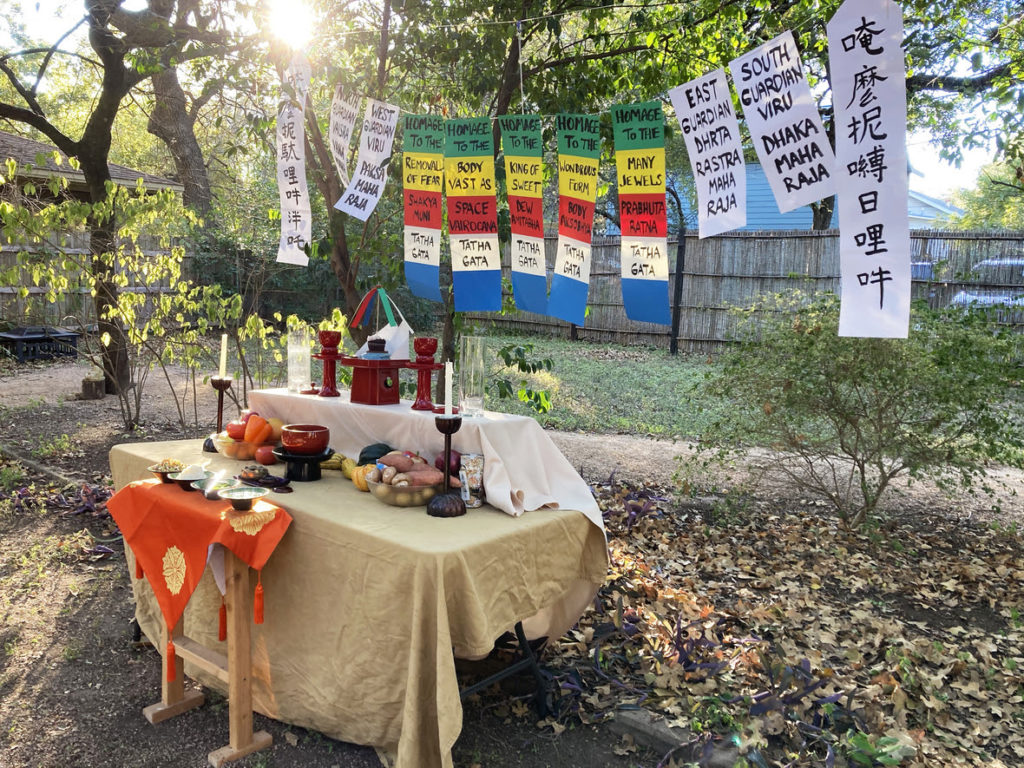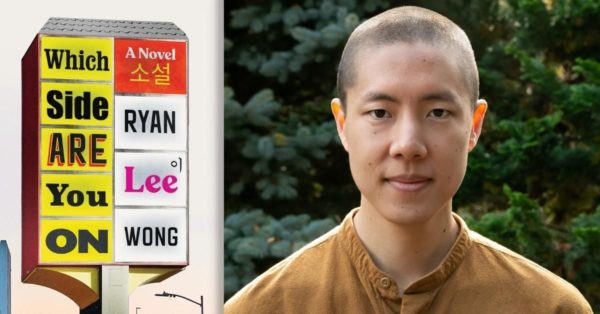In this Newsette I’ll share some highlights from my road trip to four Zen centers in the Suzuki Roshi lineage in Arcata CA, Ashland OR, Bellingham WA, and Vancouver BC. I also visited Shasta Abbey in Mt. Shasta CA and Great Vow Monastery in Clatskanie OR, spent time with dharma friends in Eugene and Portland, OR, hiked in an old-growth redwood forest, and explored the Oregon Coast on my way back to San Francisco. I traveled over 2,300 in my trusty Honda Fit and was warmly welcomed in every place I visited.
My first stop was Arcata Zen Group, whose founding teacher, Maylie Scott, had been one of my mentors when we were both on the board of the Buddhist Peace Fellowship in the 1990’s. The current guiding teacher, Gene Bush, divides his time between Arcata and Santa Cruz Zen Center. Gene was beginning an eleven-day visit to Arcata Zen Group when I arrived. Most events at AZG are both in-person and online. As is true in many Branching Streams sanghas, some sangha members live at a distance, or have health or family issues that make it difficult for them to participate in person. Several people came in person for zazen, Gene’s dharma talk, and an afternoon of temple work, while others joined the first two events online.
Since the zendo has reopened to in-person participation some new practitioners are joining the seasoned sangha members. As is true with many other Zen centers, some members are finding it difficult to make their way back to the zendo in person.
[In addition to the Zendo, there is a building on their property that houses a library, dokusan room, kitchen, and storage space, as well as two apartments that are currently rented to local college students. The grounds include a memorial garden which Marcia Lieberman helped to create when she visited AZG a few years ago, and many apple trees. Apple-picking was one of the work afternoon activities.]
I drove over mountain roads to the town of Mt. Shasta. The snow-capped mountain seemed to float in the sky over the town, and over Shasta Abbey, one of the earliest Soto Zen centers in the U.S., founded by Rev. Jiyu Kennet, an English woman who had studied in Japan in 1970. The current Abbesss, Rev. Master Meian Elbert, gave me a tour, and we sat outside, within view of the magical Mt. Shasta, for tea and a home-made chocolate chip cookie. She fondly remembered Zenkei Blanche Hartman, who had once visited.
As I was approaching Ashland Zen Center, a sign on the sidewalk advertised “A Little Zen Farm Stand.” Inside was an offering of produce, potted plants, lavender sachets, cards, and other items for sale on the honor system. Guiding teachers Stacey and Ramana Waymire gave me a tour of the many gardens and buildings. They live on site with their teen-age son and another sangha member, Barbara. Their founding teachers, Harold Little and Patty Krahl, had built the zendo and a small abode where they lived, and which is available now for visitors to rent. Ashland ZC also has two apartments and a bunk room for visiting students and sesshin participants. They welcome Zen students to come and practice at AZC.
The vegetable and flower gardens were extensive, and we enjoyed figs, raspberries, and vegetables that night for dinner. Harold and Patty, long-time Zen practitioners who had met at Tassajara and later practiced at Kannon Do in Mountain View CA, joined us and I shared the history of the Zen Center. One question they asked Branching Streams to explore is the issue of retirement for senior Branching Streams teachers.
After visits with dharma friends in Eugene and Portland and a rest day in Portland, I drove to Bellingham WA, a long stretch on Rt. 5 with many big-rig trucks. I made it a practice to stop and get out of my car at least every two hours, stretch, have a snack.
In Bellingham I visited Red Cedar Zen Community, founded by Norman Fischer and his student Nomon Tim Burnett in 1991. Tim is now the guiding teacher. Red Cedar gave up their rented meeting place during the pandemic and raised funds to buy a new space. Since they began reopening, they have been renting a large space in a Unitarian Church. They store zafus and zabutons in the church and set it up as a Zendo every Thursday. Zazen and Nomon’s dharma talk were also accessed on Zoom.
I returned to Bellingham on my way back from Vancouver to have lunch with Tim, Tanto Chris Burkhart, and sangha member Hannah Sullivan. Hannah took me to see the new property, an office building they are in the process of converting to a Zen center, with an office space upstairs they will rent out. A committee is working on the design of the new space.
I arrived in Vancouver the morning of the Canadian National Holiday, Truth and Reconciliation Day, formerly Indigenous People’s Day. This year the day was also called Orange Shirt Day, to remember the indigenous children who had died in boarding schools. I met Kate McCandless who is co-guiding teacher with her husband Michael Newton, at the site of Mountain Rain Zen Community, a storefront space they rent from an indigenous women’s non-profit. Kate was wearing a vivid orange t-shirt with an indigenous design and the words “Every Child Matters.” We headed for a park to meet sangha members. As we approached the park it seemed that people wearing orange t-shirts were streaming toward the park from all directions. We met up with at least ten sangha members and their friends, as we stood and listened to speakers, drummers, and saw dancers on a raised stage.
Kate and Michael live about an hour’s drive east of the city of Vancouver, in a house with a zendo in the basement, and a large garden in back. The next day, Kate and I led a daylong Zen and poetry workshop attended by eleven sangha members. The day included meditation, listening to poems participants brought with them, writing outdoors, some writing prompts, and listening to one another’s poems in a closing circle. Michael was Tenzo for the day and provided lunch.
Sunday was a practice day at the Vancouver location, with zazen, service, and a dharma talk by Kate on the theme of their Fall Practice Period, the Vimalakirti Sutra. At lunch I met with members of the Engaged Buddhism committee, and then sat in on a Council (board)meeting that was in-person with a few Council members participating by Zoom. Many in leadership roles, including the Ino, Council Chair, and Treasurer are young (from my perspective) and have been practicing at Mountain Rain for several years.
After a rest day in which I visited the Anthropology Museum at the University of British Columbia and had a cello lesson from my teacher, who moved from San Francisco to Vancouver with her family last summer.
On my way back to San Francisco I spent about 24 hours at Great Vow Monastery, enjoying the teaching of Chozen and Hogen Bays, the kindness of sangha members, morning service in which there was some melodic chanting and a harmonium, oryoki breakfast (my first since the pandemic began) and a walk in their Jizo garden, where moss clings to some of the trees and hugs the heads of some Jizos.
I drove home along the Oregon Coast, stopping to follow a trail to a 500 year old Sitka Spruce and walk on a sandy beach with the nearby lighthouse hidden in dense fog.


